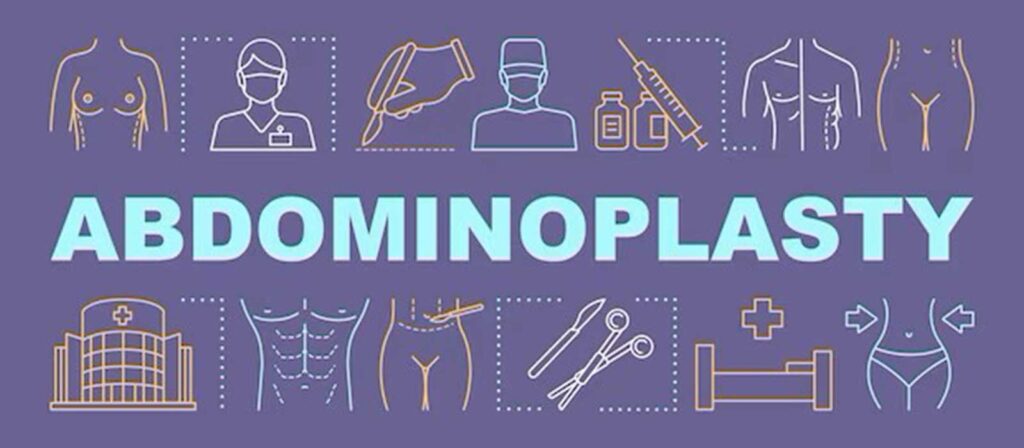Introduction
Abdominoplasty, commonly known as a tummy tuck, is a popular cosmetic procedure designed to improve the appearance of the abdomen. Whether you’re considering this surgery for aesthetic reasons or to enhance your physical comfort, it’s essential to understand what it entails, the benefits, risks, and the recovery process. This article will guide you through everything you need to know about abdominoplasty.
What is Abdominoplasty?
Abdominoplasty is a surgical procedure aimed at removing excess fat and skin from the abdomen. Additionally, it often involves tightening the abdominal muscles to create a firmer and flatter stomach. This surgery is particularly beneficial for individuals who have experienced significant weight loss, post-pregnancy abdominal sagging, or those who have struggled with stubborn fat deposits in the abdominal area.
Types of Abdominoplasty
- Full Abdominoplasty: This comprehensive procedure involves a horizontal incision between the pubic hairline and the navel. Excess skin is removed, and the abdominal muscles are tightened. The belly button is repositioned as necessary.
- Mini Abdominoplasty: Ideal for individuals with a small amount of abdominal skin to be removed. This procedure involves a shorter incision, and the belly button is usually not repositioned.
- Extended Abdominoplasty: This procedure extends to the flanks or love handles, offering a more extensive contouring of the abdomen and waistline.
Who is a Good Candidate?
Good candidates for abdominoplasty are individuals who:
- Are in good overall health.
- Have realistic expectations about the outcomes.
- Are at a stable weight.
- Do not smoke, or are willing to quit before and after surgery.
- Are bothered by the appearance of their abdomen, which does not respond to diet or exercise.
The Procedure
The tummy tuck surgery typically lasts between 2 to 5 hours, depending on the extent of the surgery. It is performed under general anesthesia. The surgeon makes an incision, removes excess skin and fat, tightens the abdominal muscles, and repositions the skin to create a smooth, firm appearance. The incisions are then closed with sutures.
Recovery Process
Recovery from abdominoplasty varies from person to person, but here are some general guidelines:
- Immediate Post-Surgery: Patients are usually advised to stay overnight in the hospital for observation.
- First Few Weeks: Expect some swelling, bruising, and discomfort. You will need to wear a compression garment to support the abdomen and reduce swelling.
- Activity Restrictions: Avoid strenuous activities and heavy lifting for at least 6 weeks.
- Follow-Up Visits: Regular follow-up visits with your surgeon are crucial to monitor healing and address any concerns.
Benefits of Abdominoplasty
- Improved abdominal tone and appearance.
- Enhanced confidence and self-esteem.
- Better posture and reduced back pain (due to strengthened abdominal muscles).
- Potential for improved exercise performance and physical activity.
Risks and Considerations
As with any surgical procedure, abdominoplasty comes with risks, including:
- Infection
- Scarring
- Blood clots
- Anesthesia complications
- Changes in skin sensation
It’s vital to discuss these risks with your surgeon and follow all pre- and post-operative instructions carefully.
Conclusion
Abdominoplasty or tummy tuck surgery can significantly improve the appearance of your abdomen, boosting your confidence and comfort. If you’re considering this procedure, consult with a qualified plastic surgeon to discuss your goals, expectations, and any potential risks. With the right information and preparation, you can make an informed decision and achieve the results you desire.

